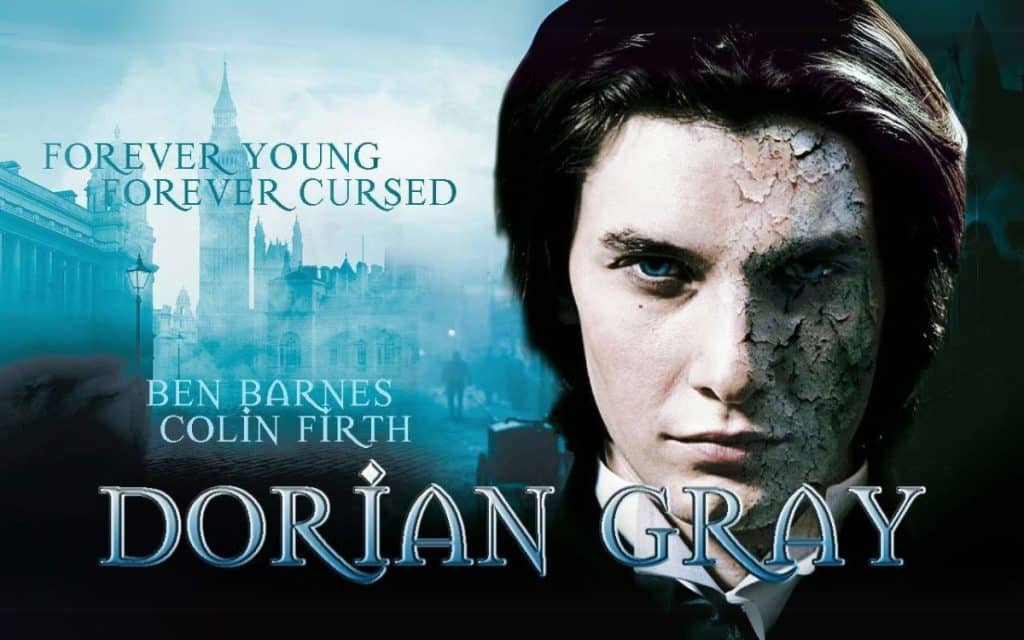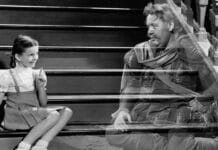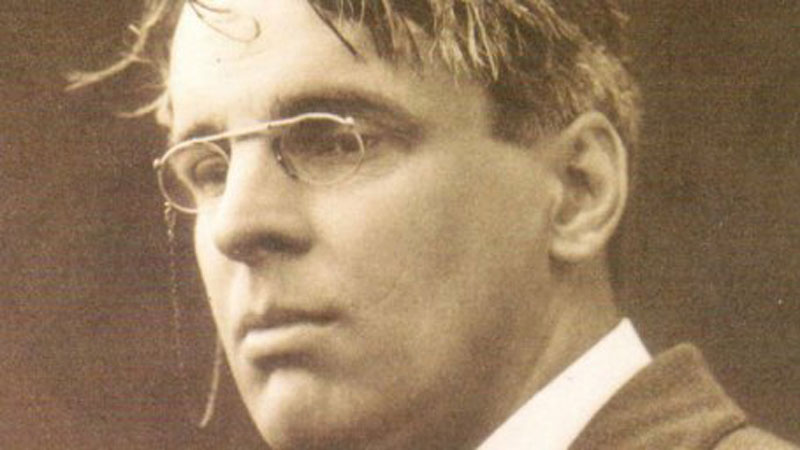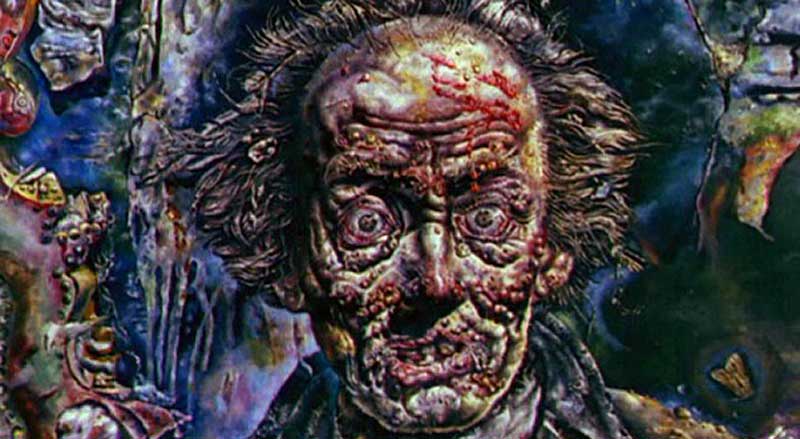The 2009 adaptation of Dorian Gray retells Wilde’s timeless cautionary tale about the dangers of excess, vanity, and the price of losing one’s humanity, writes WILLIAM BOVE

TITLE: Dorian Gray
RELEASED: 2009
DIRECTOR: Oliver Parker
CAST: Ben Barnes, Colin Firth, Rebecca Hall, Ben Chaplin, Emilia Fox, Rachel Hurd-Wood
Review of Dorian Gray 2009
The 2009 adaptation of Dorian Gray was filmed in 2008 at Ealing Studios and various locations across London. It was released on 9 September 2009 by Momentum Pictures. Produced by Barnaby Thomas, the film stars Ben Barnes as Dorian Gray, Colin Firth as Lord Henry Wotton (the symbolic “devil” figure), and Ben Chaplin as the painter Basil Hallward. Upon its release, the film received mixed reviews, with some critics deeming it a mild amusement. Many felt it was uninspired and that Barnes brought little life to the role.
I strongly disagree with this assessment. With an author like Oscar Wilde and a timeless story such as The Picture of Dorian Gray, one cannot help but be captivated by the rich narrative and compelling characters. Victorian-era writers often had a remarkable talent for symbolism, allegory, and vivid imagery. In America, Edgar Allan Poe mastered these techniques, while in Victorian London, Oscar Wilde and Charles Dickens demonstrated an extraordinary ability to weave such literary essentials into their works. These elements remain key reasons why stories like Dorian Gray endure for centuries.
These works transcend mere entertainment. They delve into essential human truths, warning us against indulgence in humanity’s darker desires. Through allegory wrapped in gripping horror, these stories strike fear in readers as they anticipate what unfolds next. They expose the darker facets of the human condition while compelling readers to reflect on the value of virtue, self-restraint, and morality.
One of my favourite lines from the movie is: “Perhaps I should nail my soul to the Devil’s altar.” This moment encapsulates the story’s plot, theme, and tone. Initially, Dorian’s desires appear understandable, even relatable. However, the deeper he plunges into excess and debauchery, the more he realises the enormity of the bargain he has made. The pleasures he seeks soon feel empty.
As Dorian indulges in lust, greed, and depravity, he notices his outward appearance remains unblemished. Yet inside, something is profoundly wrong. Over time, a chilling truth emerges: his soul is linked to the stunning portrait painted by Basil Hallward. The painting absorbs all the sins and degradation of Dorian’s life, growing grotesque and hideous with each passing day. Dorian, however, must never look at it. To do so would mean confronting the full extent of his moral decay in one horrifying instant.
The once-thrilling life Dorian sought becomes a slow descent into despair. The parties, the drinking, and the fleeting pleasures of flesh reveal themselves as empty, masking a rotting core. Dorian understands that his immortality is not a gift but a curse, binding him to eternal torment. As his life grows darker, he even turns to murder to ease the burden, but the act provides no solace.
In an act that seems symbolic of his desperation to reclaim his humanity, Dorian tries to kill Lord Henry Wotton, the man who tempted him into his damned existence. However, the attempt fails, and Dorian is left to confront the truth: the only way to end his torment is to destroy both himself and the portrait.
The painting, no longer able to contain the weight of his monstrous deeds, begins to haunt him in his waking moments. It consumes his subconscious and stalks him through dreams and hallucinations, a constant reminder of what he has become. The portrait now symbolises the wretched creature that Dorian is internally—a decayed, soulless monster.
In the end, Dorian realises there is only one way out. With his love interest, who genuinely cares for him, watching helplessly, Dorian performs a final act of humanity. He sets fire to the portrait, sacrificing himself in the process. As the painting burns, it reveals the true horror of his soul, a ghastly, decayed reflection of all his sins. Dorian drives a sword into the painting, destroying it and himself. The flames engulf the room, consuming both Dorian and his portrait.
This final act grants him the peace he could never find in life.
A fascinating fact about The Picture of Dorian Gray: when Oscar Wilde submitted the novel to Lippincott’s Monthly Magazine, the editor found it indecent and removed 500 words of supposedly offensive material.
Tell us your thoughts about Dorian Gray 2009 in the comments section below!







